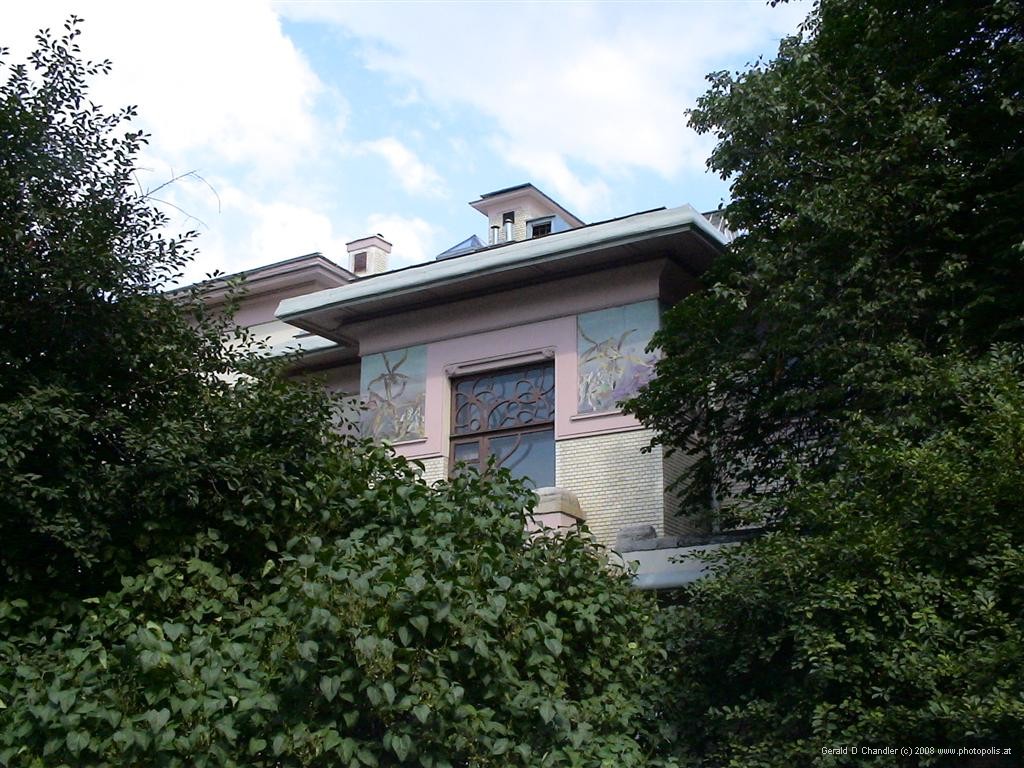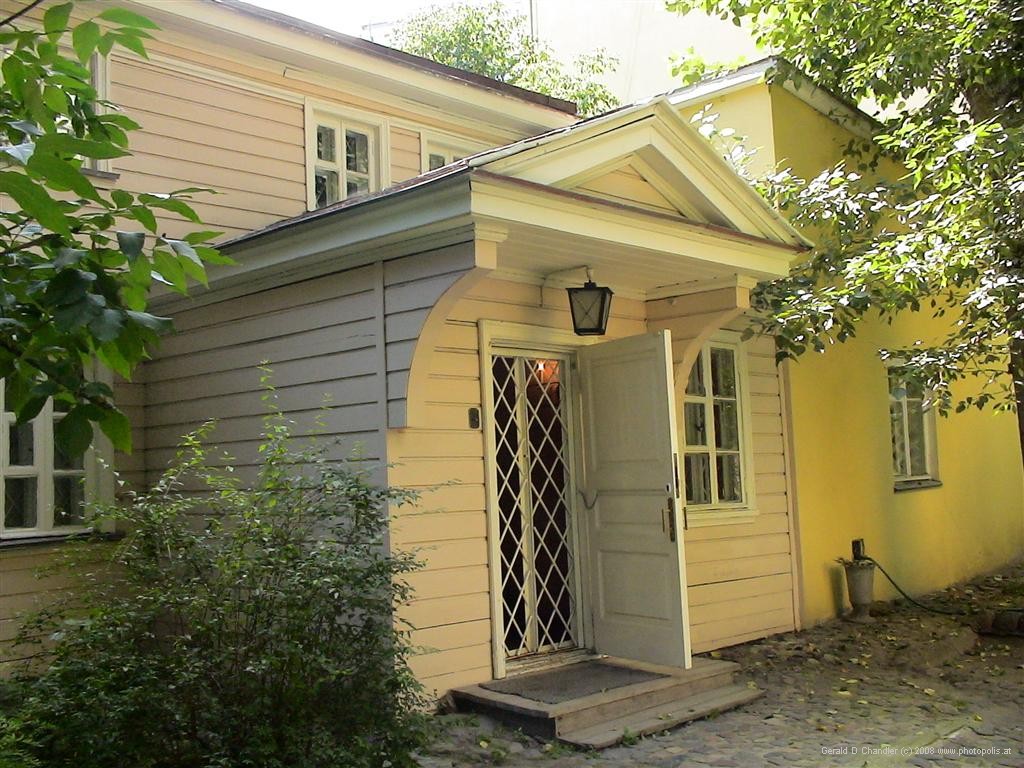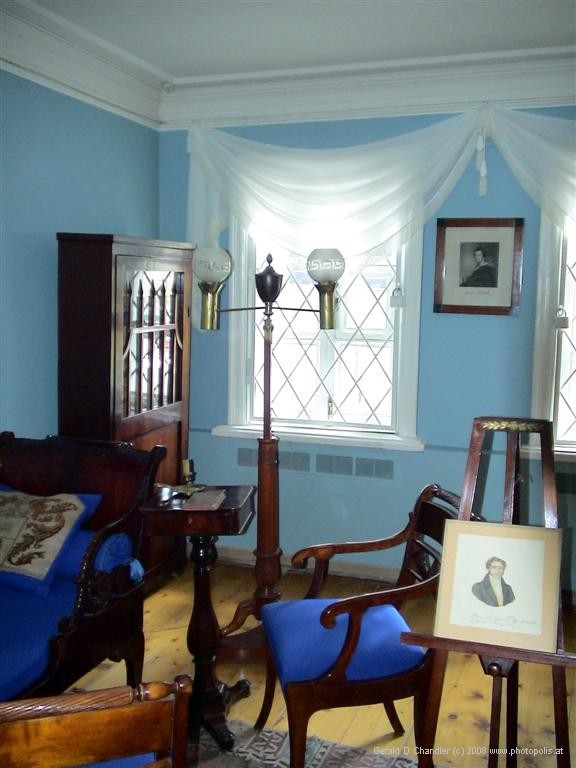Home | Front Page | Index | Blog | New | Contact | Site Map
Arrival
Registering
First Steps
Kremlin
Dom Museums
Grand Museums
Statues
Churches
Monasteries
Metro
Markets
Radonezh Dacha
Maps
Foto Show
Other Russia
Russia
Golden Ring
St Petersburg

Travel 2005
Berlin
Paris
Moscow
Russia
Athens
Travel 2004
Mexico 2004
Belize
Guatemala
Honduras
Costa Rica
Panama
Colombia
Ecuador
The house that Maxim Gorky lived in for the last years of his life under the watchful eye of Joseph Stalin is thankfully now a museum. It is a wonderful house and worthy of being a museum but little thanks for that should go directly to Mr Gorky. The house is now a rather split-personality museum with half of it honoring the founder of the Soviet Writer's Union and the other half lionizing the businessman who had it designed and built at the turn of the 20th century and lost it through expropriation to the new Soviet State.

Gorky House Museum Exterior |
The house was built in a style that in Moscow is called Russian Modern. It is a Russian interpretation of the art deco style that had already taken France by storm and for us was very reminiscent of the Ecole de Nancy style that we had become so familiar with during our years living in that city in eastern France. It is not in its original state, because Maxim Gorky had some changes made but photographs of most of the rooms in their original state do exist and are on display.
I loved the exterior of the house and the big windows with their curved wooden insets but I found the staircase a bit overdone. Nonetheless, I would give much to have a house like that for us to live in. What I like about it is the size of the house and the fact that it has square rooms with high ceilings and large windows.

Gorky Dining Room |
The history of the house related to Gorky is sad in a way. After the revolution which he supported on the whole, Gorky became disillusioned and left Russia for self-imposed exiled in Capri. Finally, however, he succumbed to Stalin's request for him to come home which he did becoming in his waning years very much a mouthpiece for Stalin and became the first president of the Soviet Writer's Union which rather than being an avant-garde organization became a tool of the Soviet State's propaganda machine. Membership guaranteed a living, the reverse guaranteed penury and the impossibility of ever being published. What a god-awful choice for a writer to make. That's why many of them turned to self-publishing, the famed "samizdat".

Gorki Art Deco ("Russian Modern Style") Staircase |
When Gorky died, the house became a kind of mausoleum for him, a way for the Soviet State to continue using him after his death by setting up the house as a museum. Being there one can quite imagine troops of schoolchildren wandering through the house and being taught how heroic Gorky was and probably saying very little if anything about the wonderful house he lived in. All that has changed now, of course, and the museum now sells full-color books telling the story of the house, its first owner and its architect.

Lermontov House Museum |
The Lermontov House, like most museums in Moscow, was a place where elderly women and men could earn a few extra pennies to supplement their pension. Often they were in addition great fans of the artist being honored and if one spoke Russian would happily recount all kinds of anecdotes. Jan knew enough Russian to start them off but insufficient to be able to appreciate all the things they told her.

Lermontov House Museum |
These museum assistants will often tell you that the youth of Moscow no longer appreciates good literature or real poetry. They decry the fact that rather than reading Tolstoy or Pushkin or even Lermontov, people on the metro now read detective novels and other such trashy stuff. We think that it is a matter of what is available. When the only thing published is "good" literature that is what people will read, if they read at all. When there is a free market, however, our guess is that more people read but they read what pleases them rather than what somebody else says is good for them.